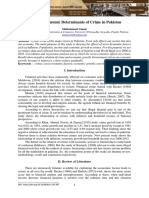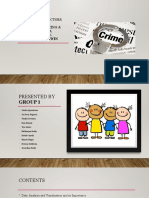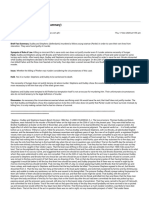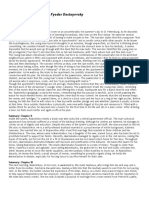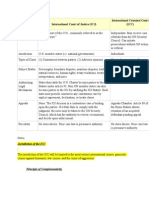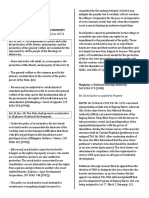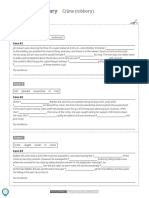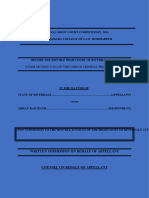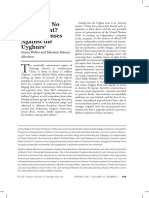0% found this document useful (0 votes)
9 views5 pagesData Presentation
This document assesses the impact of economic conditions on crime rates in Igogo Ward, highlighting that poverty (45%) and unemployment (30%) are the primary causes of crime. A strong positive correlation is found between rising unemployment and crime incidents, with crime rates escalating as poverty levels increase. The findings suggest that addressing economic hardship through job creation and social programs could significantly reduce crime rates.
Uploaded by
yoziscijuniorCopyright
© © All Rights Reserved
We take content rights seriously. If you suspect this is your content, claim it here.
Available Formats
Download as DOC, PDF, TXT or read online on Scribd
0% found this document useful (0 votes)
9 views5 pagesData Presentation
This document assesses the impact of economic conditions on crime rates in Igogo Ward, highlighting that poverty (45%) and unemployment (30%) are the primary causes of crime. A strong positive correlation is found between rising unemployment and crime incidents, with crime rates escalating as poverty levels increase. The findings suggest that addressing economic hardship through job creation and social programs could significantly reduce crime rates.
Uploaded by
yoziscijuniorCopyright
© © All Rights Reserved
We take content rights seriously. If you suspect this is your content, claim it here.
Available Formats
Download as DOC, PDF, TXT or read online on Scribd
/ 5


















































